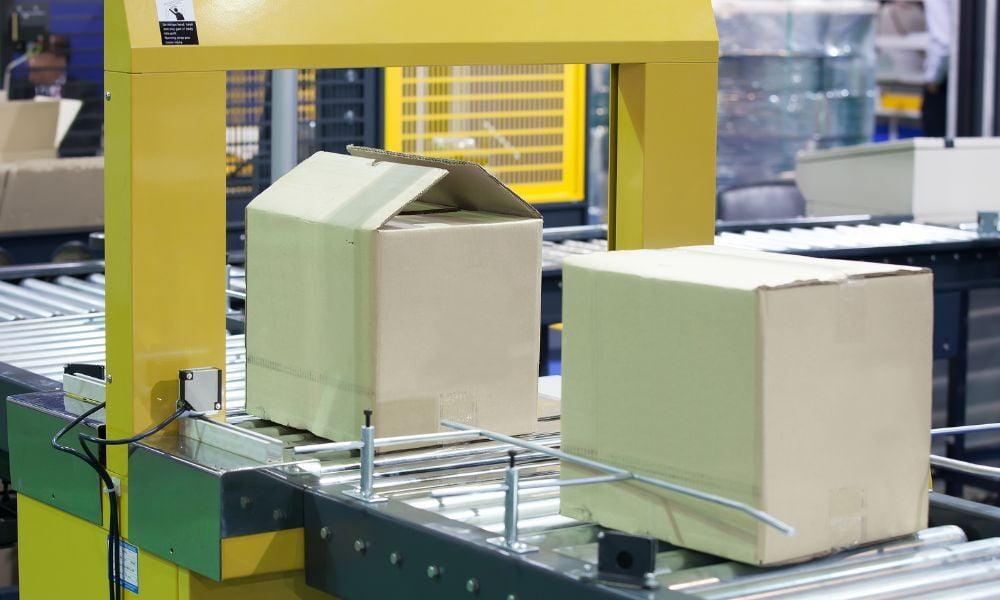
Production lines, the backbone of manufacturing industries, play an integral role in determining the efficiency, profitability, and growth of businesses. However, points of congestion or slowdown in the production process reduce throughput and cause delays, ultimately affecting a company’s bottom line. Optimize productivity and efficiency with these fundamental tips for finding the bottlenecks in your production line.
Monitoring the Workflow
Examining the workflow of a production line involves a detailed observation and analysis of each step in the manufacturing process. This includes tracking the time taken at each stage, determining the capacity of each element, and identifying any delays or stoppages.
Workflow analysis requires a thorough understanding of how materials and products flow from one point to another. Consider using flow diagrams and time studies to visualize and analyze your production processes.
A flow diagram represents the sequence of operations in your production line, while time studies involve measuring the amount of time each resource spends on executing tasks. Combining these tools can highlight discrepancies in production rates, pinpointing the areas where efficiency improvements are required to prevent stoppages.
Observing Employee Workload
Monitoring employee workload distribution can help you find bottlenecks in your production line and give you a starting point for improving efficiency. Pay close attention to team members who consistently rush to meet deadlines while others appear idle or underutilized. This could suggest that a particular process is overburdening certain employees, which indicates that you may need to redistribute work.
Redistributing tasks to ensure a more balanced workload might involve training staff to perform additional responsibilities, thereby enhancing flexibility and adaptability within the team. Additionally, investing in automation tools can help reduce the physical and mental strain of repetitive tasks. For example, using semi-automatic strapping machines will make packaging easier and faster, freeing up staff to focus on more complex areas of operation.
Implementing Changes and Measuring Effect
After identifying and pinpointing potential bottlenecks, it’s crucial to implement changes that address these issues. These changes may include adding or replacing equipment and retraining staff.
After adjusting your processes, measure the effect of these changes on your production line’s overall performance. Performing a workflow analysis after the changes can confirm the efficacy of the changes or suggest a need for further improvement.
Maintaining and growing a business requires owners and managers to tackle production line bottlenecks. Monitoring the workflow, balancing employee workload, and measuring the effect of any changes can help you identify what’s holding your production line back. With a proactive approach and a commitment to continuous improvement, you can boost productivity and profitability in your manufacturing process.
